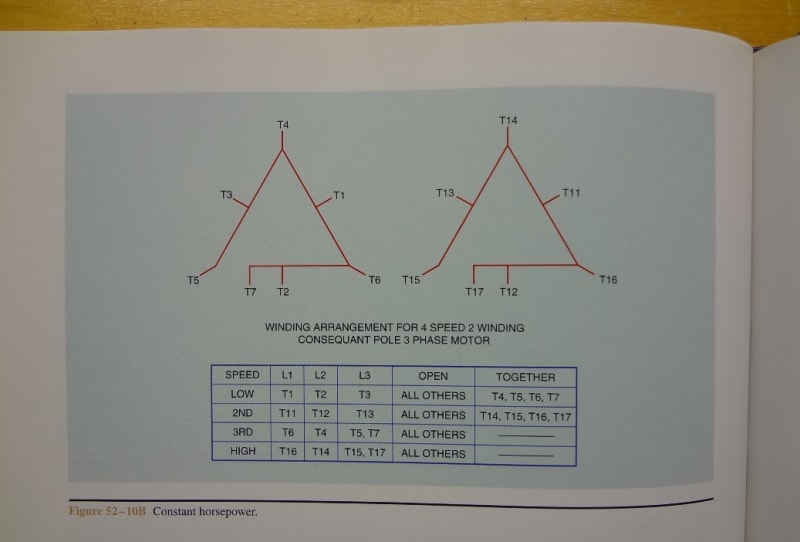Mjgjovik
Electrical
- Jun 23, 2021
- 1
I have an old master electric company motor I'm looking for information on wiring configuration for the different speeds. It's 480 volt 4 speeds I believe it has 14 leads plus 2 extra wires I believe those are a thermal device. Leads are labeled 1 threw 7 and 11 threw 17. I have attached the name plate of the motor. Any help would be great!
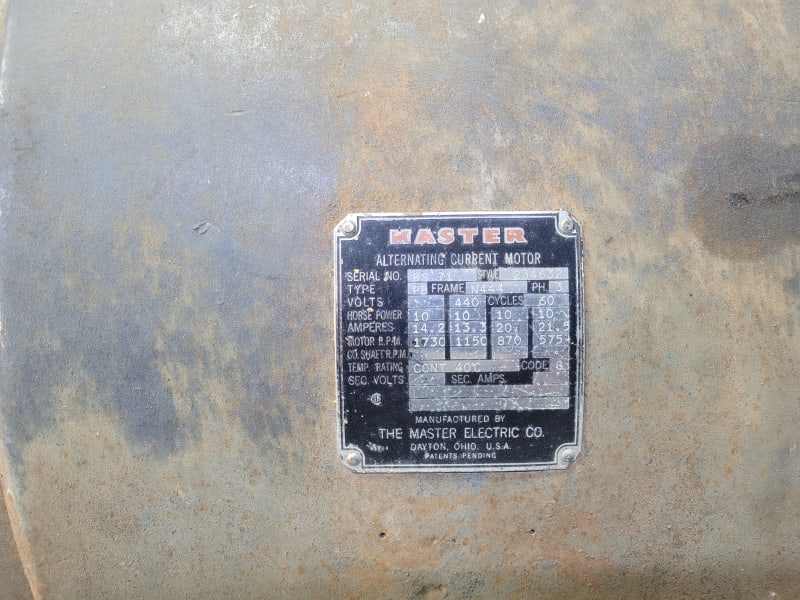


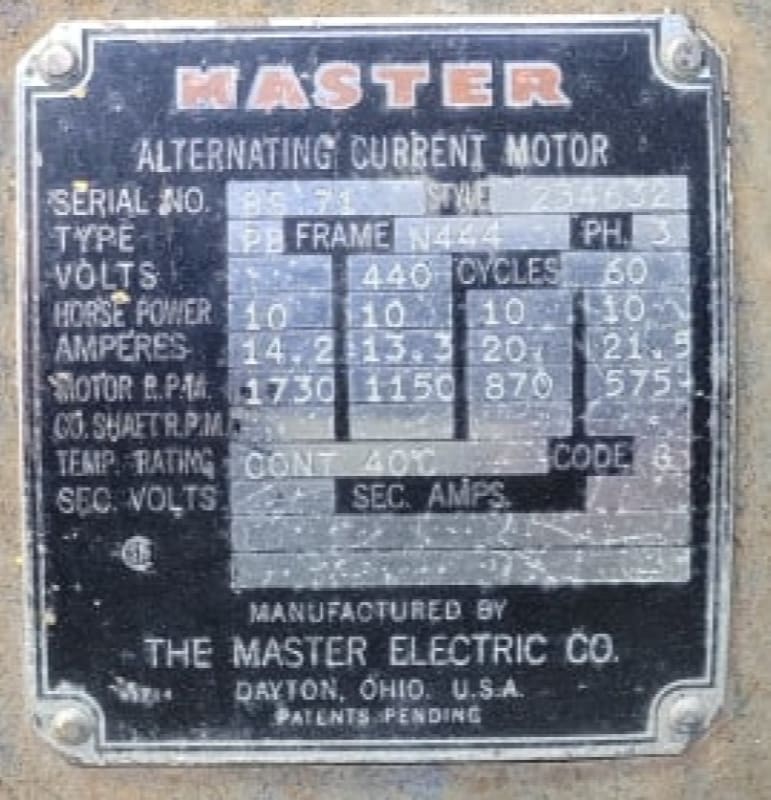

![[3eyes] [3eyes] [3eyes]](/data/assets/smilies/3eyes.gif)
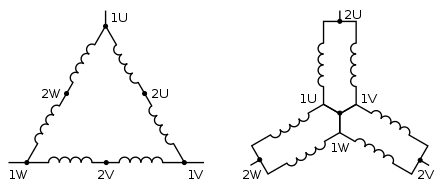
![[evil] [evil] [evil]](/data/assets/smilies/evil.gif)
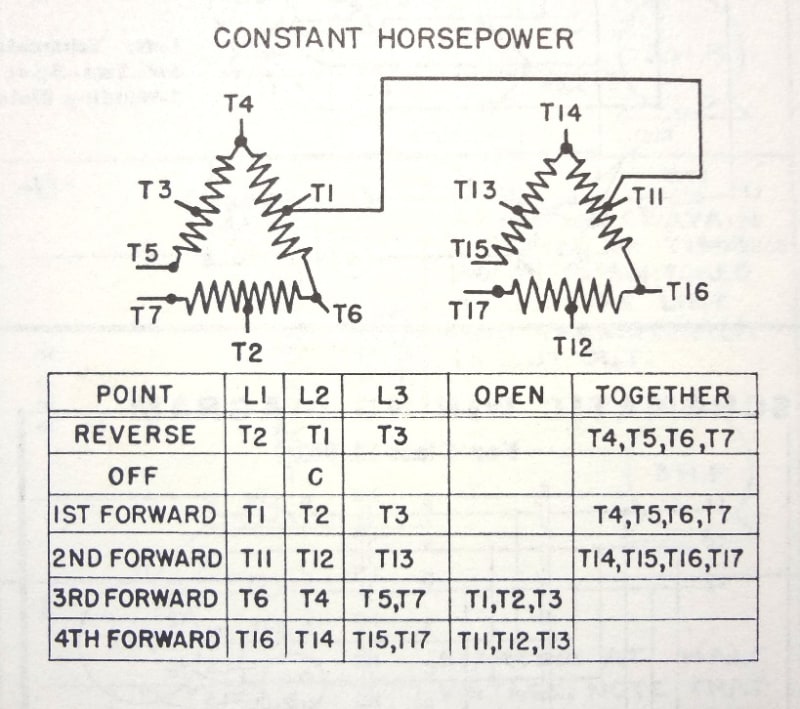
![[glasses] [glasses] [glasses]](/data/assets/smilies/glasses.gif)

